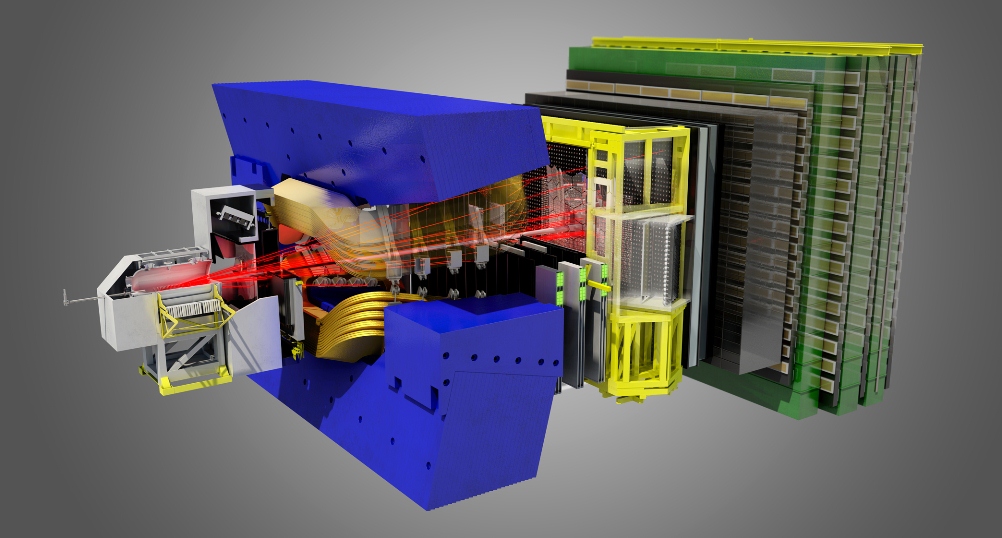 In the recent EPS conference, LHCb presented results from Run2 of the LHC, confirming that a certain decay involving the weak force happens with beauty quarks having a “left-handed” spin. This result is consistent with the SM, in contrast with previous measurements that allowed for a right-handed contribution.
In the recent EPS conference, LHCb presented results from Run2 of the LHC, confirming that a certain decay involving the weak force happens with beauty quarks having a “left-handed” spin. This result is consistent with the SM, in contrast with previous measurements that allowed for a right-handed contribution.